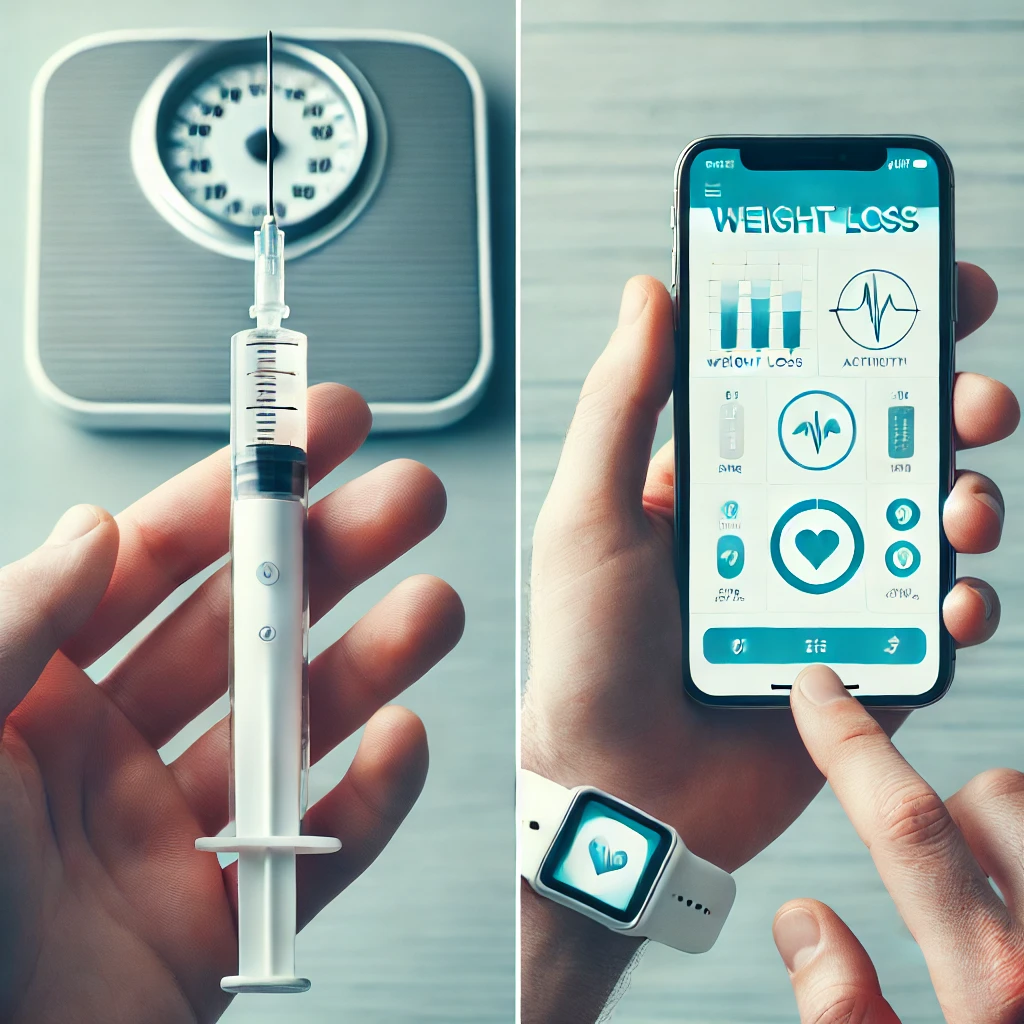Rethinking Weight Loss Through the Lens of Healthcare Technology
GLP-1 drugs like Ozempic, Wegovy, and Mounjaro have taken the weight loss world by storm. Once intended for diabetes, they’re now being prescribed off-label in record numbers for people looking to shed pounds fast, sometimes dramatically so.
The hype is real. The results? Often impressive. But behind the headlines lies a much quieter question:
What if our healthcare system had actually invested in better tools for behavior change before leaping to the needle?
The Quick Fix Syndrome
Let’s be honest: lifestyle change is hard. Time-consuming. And often unsupported by the healthcare system.
Meanwhile, prescribing a GLP-1 injection is easy. It fits neatly into workflows. It’s covered by insurance (sometimes). And it works fast. For patients and providers alike, it feels like a shortcut through a broken maze.
But there’s a cost. Side effects, long-term safety questions, and a growing over-reliance on pharmacology instead of addressing root causes. Plus, not everyone can access or afford these drugs, especially those with the greatest need.
So Where’s the Tech-First Alternative?
For an industry obsessed with digital transformation, healthcare IT has done surprisingly little to support sustainable weight loss.
Sure, there are apps and wearables. But they’re fragmented, often disconnected from clinical care, and rarely reimbursed. The tools exist — but they haven’t been baked into care delivery in any meaningful way.
That’s a missed opportunity.
Imagine if we:
- Used AI coaching platforms (like Lark or Noom) as first-line interventions
- Leveraged predictive analytics to identify at-risk patients before they need meds
- Built behavioral nudges into the patient’s daily routine, not buried in a portal they’ll never open
- Created reward models based on engagement, not just outcomes
We already have the infrastructure to track steps, food, mood, sleep, and glucose levels. What we lack is the will — or perhaps the reimbursement structure — to integrate it all into one intelligent system.
Why the Algorithm Lost to the Injection
GLP-1s took over because they were:
- Easier to prescribe
- Easier to bill
- Easier to scale
Behavioral health tools, on the other hand, require time, customization, and often sit outside the provider’s core systems. They don’t “fit” the EHR box. And that’s the problem.
If we applied the same innovation and investment to tech-based weight interventions that we’ve given to injectable drugs, we might have a very different obesity strategy right now.
Re-imagining the Future: Tech-First Weight Management
Let’s flip the model.
Picture this:
- A patient visits their doctor and is automatically screened for obesity risk using machine learning
- Instead of going straight to medication, they’re offered a personalized digital care plan: an AI coach, a nutrition tracker, remote monitoring, and community support
- Their progress is tracked and fed back to the EHR, where the provider is alerted only when necessary
- Payers reward engagement, not just outcomes
This isn’t science fiction. We have all the pieces. What’s missing is the orchestration and the mindset.
This Isn’t About Demonizing the Drug
To be clear: GLP-1s have value. Especially for patients with diabetes, or severe obesity, or other complicating factors. They’re a legitimate tool in the toolbox.
But they shouldn’t be the only one.
We need to ask why the system jumped to the most expensive, pharma-driven solution before exploring scalable, sustainable tech alternatives. The answer isn’t more willpower, it’s better systems.
Final Thought
Weight loss is hard — but our healthcare infrastructure makes it harder. If we want long-term change, we can’t keep outsourcing it to pharma. We need to invest in smarter algorithms, better integration, and tools that actually meet people where they are.
Let’s stop treating weight loss like a prescription problem — and start treating it like the data opportunity it really is.
Want to see more posts at the intersection of healthcare, IT, and real-world workflows? Sign up for updates or share your thoughts in the comments below.
